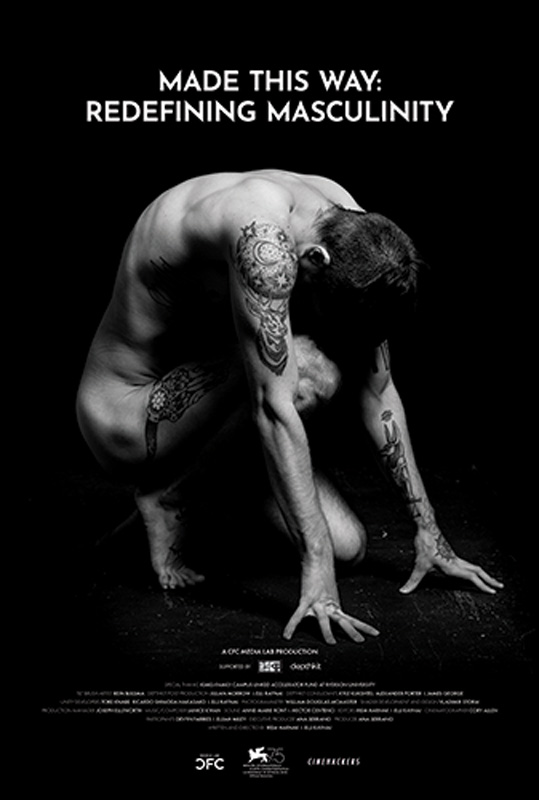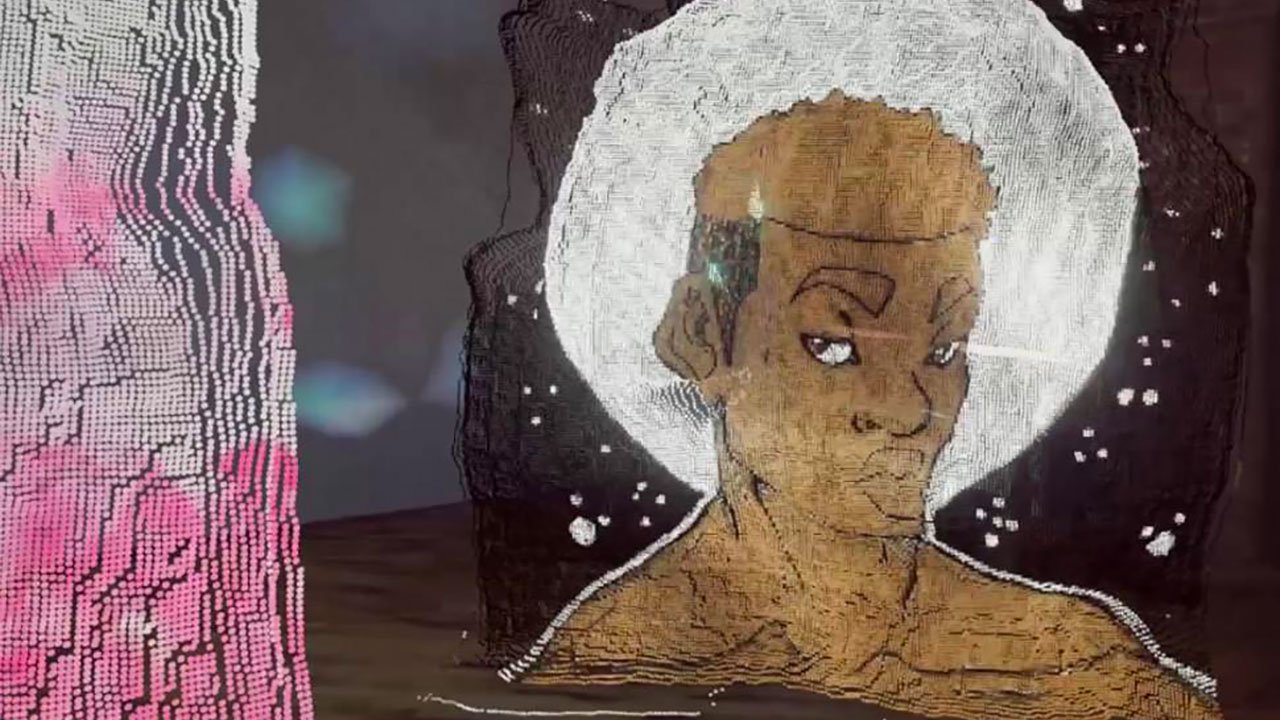I was thinking about gender, masculinity, growing up in a patriarchal society I always wanted to be a man. I am drawn to the ambiguity of gender and capture it in my photographs. Going against the current is revolutionary. Just existing like that, they are breaking boundaries through their bravery and strength (Irem Harnak)
Felling in love with VR
Irem Harnak – I have been a fashion and portrait photographer for 10 years. I have also shot one short and two feature films as a cinematographer. As a cinephile, I have always tried to tell stories with my photographs and editorials. I started a personal project about transgender men in 2016. My subjects were sharing their personal lives and stories with me as we were shooting. I was immersed into their worlds. I felt there could be another storytelling medium to bring others to this immersion and share my subjects’ stories. That’s how I started thinking about doing a VR experience.
Elli Raynai – I was traditional filmmaker for 13 years before I got into VR, I had been making both shorts and feature films but I was getting frustrated with how well my films were being received. Around 2013, I had a few people advise me that I should look into doing a web series, but I wasn’t interested in the format or being a vlogger. In early 2014 I saw a photo of Robert De Niro at the Tribeca Film Festival wearing a prototype of the DK1 and thought “could virtual reality be the future of filmmaking”. As I was always fascinated with technology I decided to dive in and explore the medium. I went online and read every article I could and then found a local meet up called TorontoVR. It was there I met a developer named Alexander Kondratskiy and we decided to work together on a VR film together. 16 months later we launched our project I AM YOU on the GearVR store, and it was that moment I solidified my path as an immersive content creator as I completely fell in love with the medium.

Going through the medium
I. H. – I felt really inspired at Tribeca Film Festival in 2017 after seeing the amazing VR work produced by various artists. That’s when I was convinced that VR would be a good fit for this project.
E. R. – The project began as a photo series that Irem started in 2016, but when she accompanied me to the Tribeca Film Festival in 2017 and saw the great experiences there she decided she wanted to turn the project into a vr experience.
I. H. – Ever since I started the photo project, I was going to support groups, meeting with various transgender men and nonbinary individuals. I spent time with them, hanging out, talking, getting to know each other. Also when I am photographing, my style is very personal, I get very close to my subjects, I always chat with them. I love every single person I photographed for this project, have a deep respect and admiration for them. When we decided to bring them into the studio for interviews and start testing ideas, they were comfortable sharing their life stories with us because I already had a rapport with them. It was very important to capture their views on gender roles and masculinity for me as I find these individuals quite revolutionary. It was great to have the support of Depthkit not only as a technical partner but also as very talented people to discuss creative ideas and directions with.
E. R. – After Tribeca, we got to work on doing a prototype of the project. Based on my previous experience using Depthkit, we got in touch with Scatter as we wanted to use some of their alpha tools in the project. We knew that we wanted to capture the subjects volumetrically, but we didn’t know which subjects we would use or how we would approach the storytelling process. Depthkit was excited by the project and they proposed they help us with the development of the piece through their “Supported by Depthkit” program. By working with them we were able to push ourselves to finish the prototype within 8 weeks, which also helped us to make quick decisions about the storytelling and what was working and what wasn’t.
E. R. – Where ended up landing on the prototype is that we had our subjects talk about their personal experience being transgender and then we situated them inside spaces that were very personal to them. We did this so the viewer could feel more connected to the subjects and their stories. How were able to work so quickly, is because we really tried to focus on the overall concept of what the subjects were saying in order to make the piece as impactful as possible. After we finished the prototype we showed the experience to Ana Serrano from the CFC Media Lab. She loved it and immediately agreed to produce a more refined version of the project. In February we secured our funding through the CFC, but with the understanding that we deliver the project in time for a premiere at Hot Docs Film Festival at the end of April. With such a short time frame, Ana guided us to zero in on the theme of redefining masculinity.
hhttps://www.youtube.com/watch?v=mJMCUY3Mz6o
I. H. – The feedbacks from the audience were extremely positive. It is great to see people resonating with what these men are saying. (Elli)The audience’s response has been extremely positive. We kept a notebook of comments people had after they experienced the piece and were taken by how much people resonated with these men’s thoughts and feelings about how they are challenging the stereotypical notions of what masculinity means.
Translating public debates into emotions
I. H. – Definitely. I was a curious outsider to them and they opened themselves to me. I felt very privileged. The more we talked the more I realized how much we had in common. It was very important to bring people from outside of LGBT+ community to this immersion that I felt.
E. R. – Yes, I do see “social VR” as a tool that works to connect people to the LGBTQ community. What we attempted to do with this project is to share the relationship that Irem has with these subjects to the viewer. To put them in the same space and make them feel the openness that she felt when she was able to connect with them. I think that’s the power of MADE THIS WAY as a VR experience and that’s why I feel like it works in this way.
Both – Yes, we would like to find a way to show the experience to a wider audience. It would be great to get into educational institutions and show it to young people who are having the same thoughts and feelings as we do believe that it can considerably help people.



Leave a Reply
You must be logged in to post a comment.